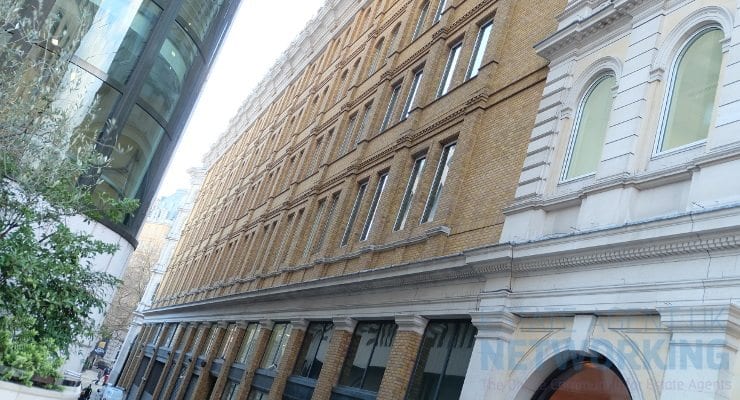8 Tips to Read Before Signing a Commercial Lease
Finding a new commercial property is usually stressful and exciting in equal parts. On the one hand, it holds endless possibility for a new or growing business. On the other, you often need to be able to see into the future of your venture to know how its needs will change over the next few years – before you commit to a huge financial investment.
If you think you’ve found the perfect property, here are eight final things to consider before you sign on the dotted line.
-
Is the building really right for your business?
When you’re itching to get going in a new premises it can be difficult not to see your options through rose-tinted glasses. However, when it comes to choosing a new building, you owe it to your business to make a carefully considered choice.
Is the property ready to move straight in? If not, are structural repairs required or just some superficial redecorating? Is there enough space for everyone in your current team, plus room to cope with your anticipated growth trajectory? Consider features beyond the shop floor or desk space – is the kitchen sufficient? What about the toilets? Management offices and meeting rooms? Reception areas? Think about layouts and accessibility as well as square footage.
-
Be critical about the location
Even if you’re happy with the building, don’t underestimate the impact of its surroundings. What message will it send to your customers about the prestige, legitimacy and security of your business?
If your venture is unlikely to have clients visiting, you will still need to consider your staff. Make sure it’s easy enough for them to get to work (whether that’s by car, bicycle or public transport), and check where the nearest shops are for lunch.
-
Consider the impact of freehold versus leasehold
Leasehold properties are purchased under a time-limited contract, which will outline certain conditions between the landlord and the tenant. Commercial lease terms are typically 8 years, however, they can be shorter or much longer than this (up to 999 years), so check what length is proposed and that it will worth for the growth of your business.
Freehold will give you full ownership of the building, as well as the land below it and the airspace above it. There will not be any time constraints on a freehold ownership, but you may still be subject to other limitations, such as granting access to third parties.
-
Check who is responsible for security
Talk to the vendor and check the lease to see who is responsible for installing new locks and security measures. You might find that you need to cover the costs of installation and that your insurance depends on it.
Find out whether there is a management company, particularly if the property is in a commercial park. This will impact what happens with maintenance and overnight security.
-
Calculate your SDLT (Stamp Duty Land Tax)…
Any commercial property sold for over £150,000 will be subject to tax, which will increase as the price meets certain brackets. The taxable value includes all kinds of payment, including transfers of goods, debts or services that are included in the deal. You can use the government’s SDLT calculator to help you work out the tax you will need to budget for.
-
…and your Business Rates
While you’re checking the SDLT, contact the council to find out what business rates are applicable on the property. Whether you’re buying leasehold or freehold, you will need to pay business rates each year. If you have any questions about valuations or tax relief for small businesses, your local council should be able to advise on these too.
-
Get a survey before you move in
Having a professional property survey carried out by a surveyor will identify any defects in the building prior to your ownership. For freeholders, this means you will benefit from knowing whether there is any structural damage that will need to be repaired before business can begin. On the other hand, leaseholders can establish the presence of pre-existing issues so they can be appropriately taken into account for the schedule of dilapidations at the end of the lease.
-
Hire a competent solicitor
You’ll also need a solicitor to carry out searches on the property. This will include an investigation into the title of the land, and liaising with local authorities about issues with planning permission, access for third parties and utilities. Your solicitor should also enquire about ongoing disputes or local construction projects that you should know about before taking ownership.
It’s natural to want to get your business up and running in its new premises as quickly as you can, but it’s not worth rushing into the wrong building. If any of these checks raise red flags, take your time to investigate them more fully and wait for a more suitable premises if you need.









